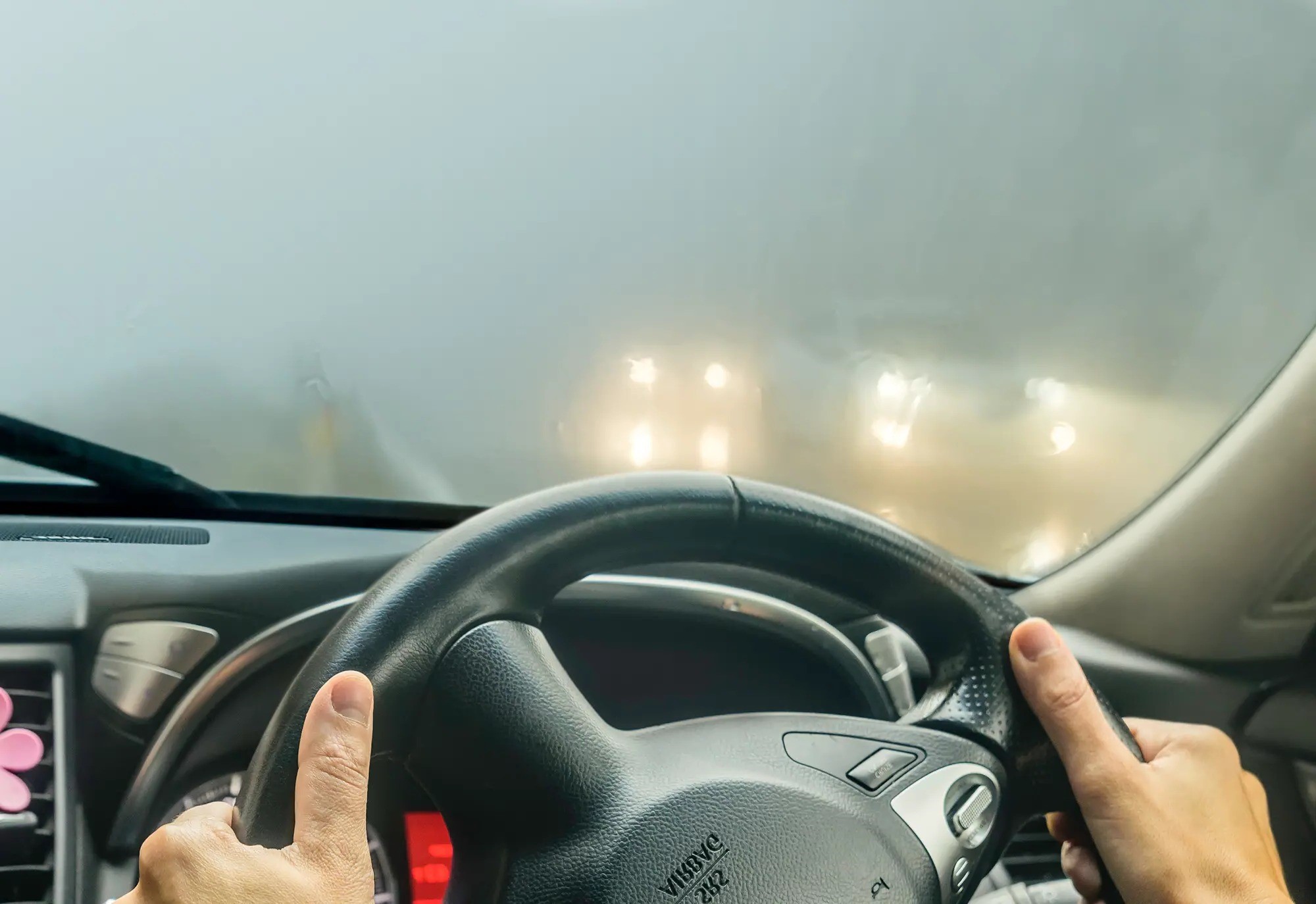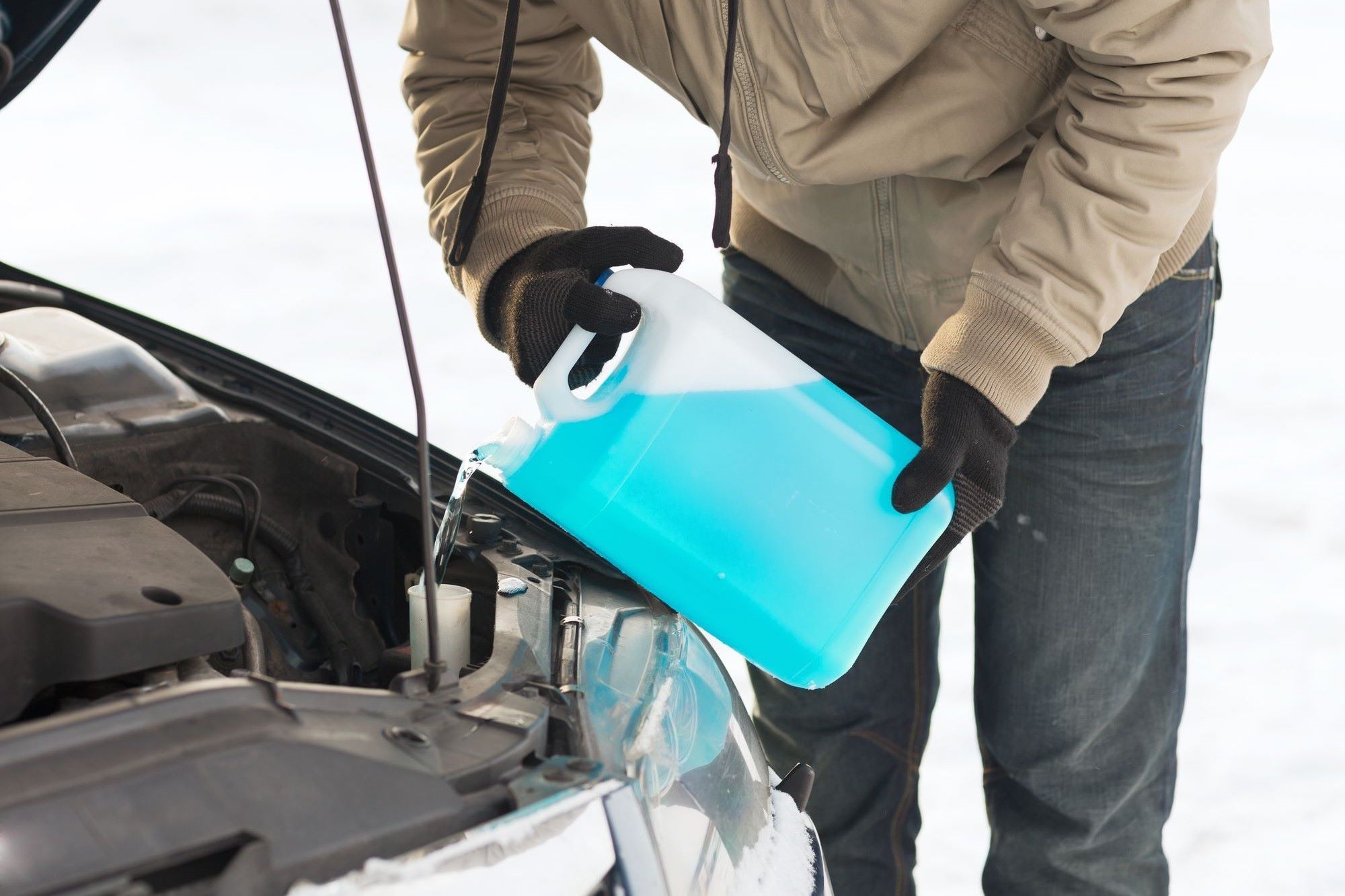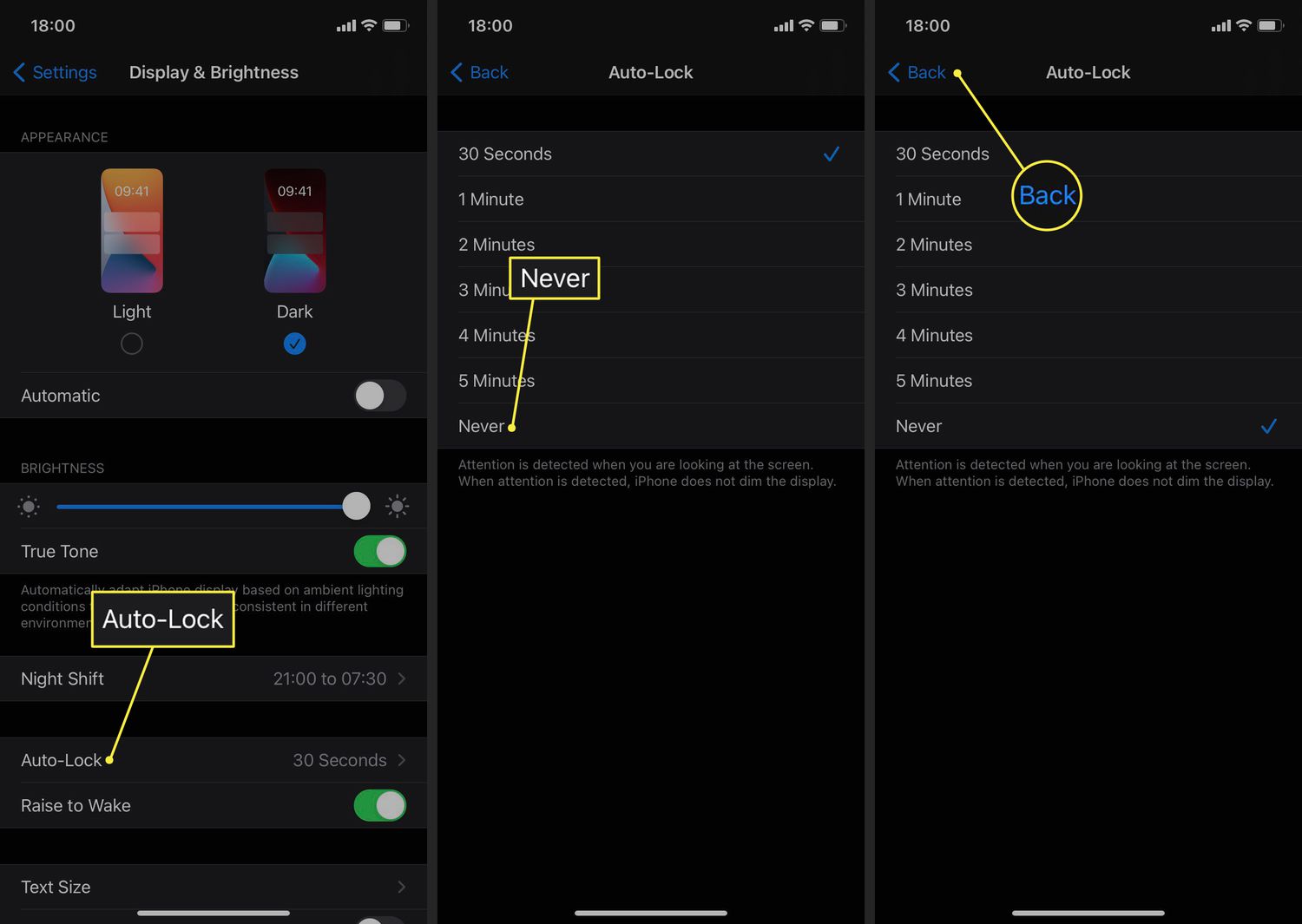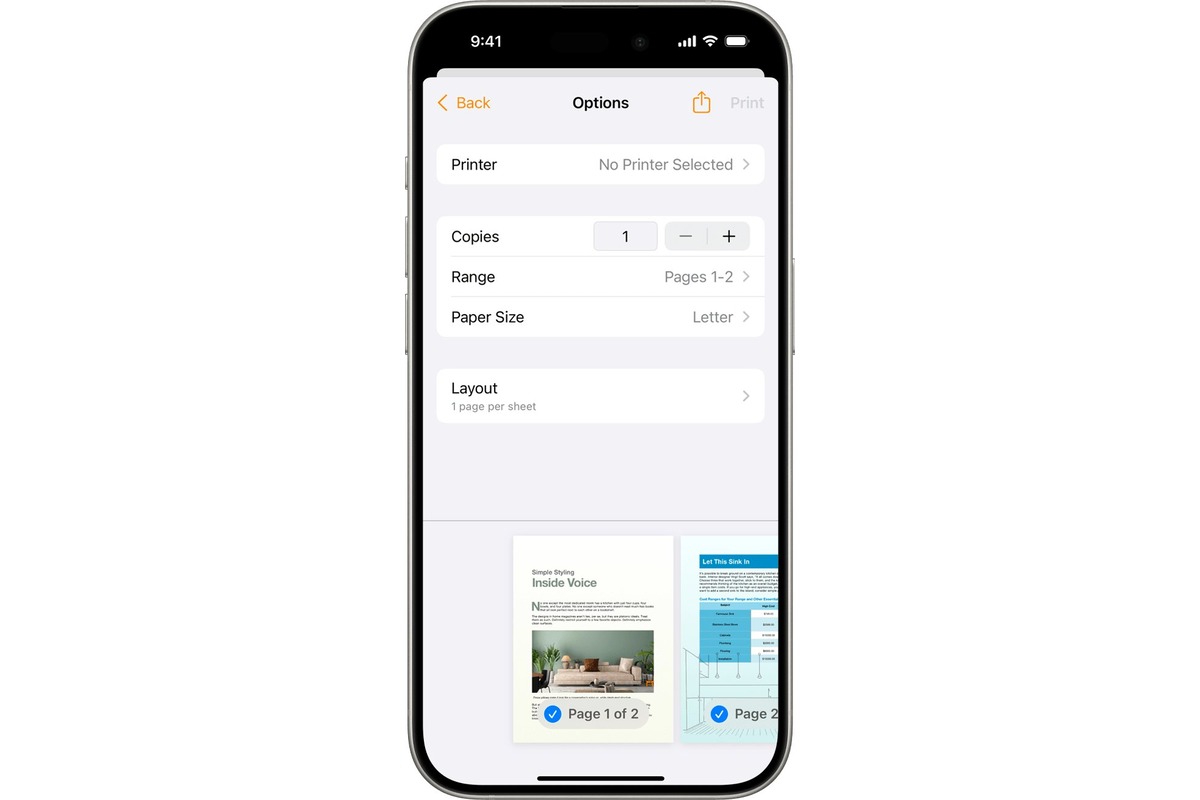Home>Automotive>How To Keep Windshield From Fogging


Automotive
How To Keep Windshield From Fogging
Published: February 26, 2024
Learn effective tips to prevent your automotive windshield from fogging up. Keep your visibility clear and drive safely with these simple solutions.
(Many of the links in this article redirect to a specific reviewed product. Your purchase of these products through affiliate links helps to generate commission for Noodls.com, at no extra cost. Learn more)
Table of Contents
Introduction
Windshield fogging is a common nuisance that can significantly impair visibility while driving, posing a safety risk for both the driver and other road users. Whether it's a chilly morning or a humid day, dealing with fogged-up windshields is a universal challenge for drivers. The frustration of constantly reaching for the defroster or wiping the glass can be exasperating, especially when time is of the essence.
In this article, we will delve into the causes of windshield fogging and explore effective strategies to prevent this inconvenience. By understanding the underlying factors and implementing practical solutions, drivers can maintain clear visibility and ensure a safer driving experience. From simple preventive measures to the use of specialized anti-fog products, we will equip you with the knowledge to combat windshield fogging effectively.
Stay tuned as we unravel the mysteries behind windshield fogging and discover the best practices to keep your view crystal clear in any driving conditions.
Understanding the causes of windshield fogging
Windshield fogging occurs when moisture in the air condenses on the glass surface, leading to a hazy layer that obstructs visibility. This phenomenon is primarily influenced by temperature differentials and humidity levels inside and outside the vehicle. Understanding the root causes of windshield fogging is crucial in implementing effective preventive measures.
-
Temperature Discrepancy: When the temperature inside the vehicle is higher than the outside temperature, such as during cold weather or when the heater is in use, the warm air comes into contact with the cooler windshield, causing condensation to form. Similarly, during hot and humid conditions, the contrast between the interior and exterior temperatures can lead to fogging on the outside of the windshield.
-
Humidity Levels: High humidity inside the vehicle, often exacerbated by wet clothing, snow, or rain brought in from the outdoors, contributes to increased moisture in the air. When this moist air encounters the cooler surface of the windshield, it condenses, resulting in fogging.
-
Air Circulation: Inadequate air circulation within the vehicle can exacerbate windshield fogging. When warm, moisture-laden air remains stagnant inside the car, it increases the likelihood of condensation on the glass surfaces.
-
Residual Cleaning Agents: The use of certain cleaning products on the windshield, if not thoroughly removed, can leave behind residue that attracts moisture, leading to fogging issues.
By comprehending these factors, drivers can proactively address the conditions that contribute to windshield fogging. With this knowledge, they can implement targeted strategies to mitigate the impact of temperature differentials and humidity levels, ensuring clearer visibility and safer driving experiences.
Tips for preventing windshield fogging
Preventing windshield fogging is essential for maintaining clear visibility and ensuring safe driving conditions. By implementing proactive measures, drivers can effectively minimize the occurrence of fogging, enhancing their overall driving experience. Here are some practical tips to prevent windshield fogging:
-
Maintain Optimal Temperature: Regulating the interior temperature of the vehicle can significantly reduce the likelihood of windshield fogging. During colder weather, using the vehicle's heater to warm the interior gradually can help minimize the temperature differential between the inside and outside of the car, reducing condensation on the windshield. Similarly, during warmer conditions, utilizing the air conditioning system to moderate the interior temperature can prevent moisture buildup on the glass surfaces.
-
Maximize Air Circulation: Improving air circulation within the vehicle can aid in preventing windshield fogging. Utilizing the car's ventilation system, including the defroster and directed airflow settings, helps disperse moisture-laden air and maintain balanced humidity levels. Additionally, cracking open a window slightly can facilitate the exchange of interior and exterior air, reducing the potential for condensation on the windshield.
-
Remove Excess Moisture: Minimizing excess moisture inside the vehicle is crucial for preventing windshield fogging. Drying wet clothing, umbrellas, and footwear before entering the car can help reduce the introduction of additional moisture into the interior environment. Furthermore, using moisture-absorbing products, such as desiccants or silica gel packs, can help mitigate humidity levels within the vehicle, preventing condensation on the windshield.
-
Clean Windshield Surfaces: Ensuring the cleanliness of the windshield surfaces is essential for preventing fogging. Regularly cleaning the interior and exterior of the windshield with a high-quality glass cleaner helps remove residue and contaminants that can contribute to condensation. Additionally, applying an anti-fog treatment specifically designed for automotive glass can create a hydrophobic barrier, reducing the likelihood of moisture accumulation and fogging.
-
Defrost Effectively: When fogging occurs, utilizing the vehicle's defroster in conjunction with the heater can expedite the removal of condensation on the windshield. Activating the defroster with warm airflow directed at the windshield helps evaporate the moisture, restoring clear visibility efficiently.
By incorporating these preventive measures into their driving routine, individuals can effectively minimize the occurrence of windshield fogging, ensuring optimal visibility and safety on the road. Implementing these practical tips empowers drivers to proactively address the underlying factors that contribute to fogging, enhancing their overall driving experience.
Using anti-fog products
In addition to implementing preventive measures, utilizing anti-fog products can serve as a proactive solution to combat windshield fogging effectively. These specialized products are designed to create a hydrophobic barrier on the glass surface, minimizing moisture accumulation and preventing condensation, thereby maintaining clear visibility for drivers.
One popular option is anti-fog treatments specifically formulated for automotive glass. These products typically come in the form of easy-to-apply sprays or wipes, offering a convenient solution for treating the interior and exterior surfaces of the windshield. By applying the anti-fog treatment as directed, drivers can create a durable protective layer that repels moisture, reducing the likelihood of fogging during various driving conditions.
Furthermore, anti-fog coatings designed for eyewear and goggles can also be utilized on automotive glass surfaces. These versatile products are engineered to prevent fogging on transparent surfaces, making them suitable for application on windshields and windows. By leveraging the anti-fog properties of these coatings, drivers can enhance their visibility and driving comfort, especially in challenging weather conditions.
Another innovative option is the use of anti-fog films or inserts, which can be applied to the interior surface of the windshield. These transparent films are designed to minimize condensation and fogging, providing a reliable solution for maintaining clear visibility. By adhering to the windshield, these anti-fog films create a protective barrier that effectively reduces moisture buildup, ensuring an unobstructed view for the driver.
Additionally, anti-fog wipes and cloths offer a convenient on-the-go solution for addressing windshield fogging. These disposable or reusable wipes are infused with anti-fog compounds, allowing drivers to quickly and effectively treat the glass surfaces as needed. Whether stored in the vehicle's glove compartment or carried in a travel bag, these portable anti-fog wipes provide a practical way to combat fogging and maintain clear visibility during travel.
By incorporating these anti-fog products into their maintenance routine, drivers can proactively mitigate the impact of moisture accumulation and temperature differentials, ensuring optimal visibility and safety on the road. Whether opting for treatments, coatings, films, or wipes, leveraging these specialized products empowers drivers to combat windshield fogging effectively, enhancing their overall driving experience.
Conclusion
In conclusion, combating windshield fogging is essential for ensuring clear visibility and maintaining safe driving conditions. By understanding the underlying causes of fogging, including temperature differentials, humidity levels, air circulation, and residual cleaning agents, drivers can proactively address these factors to minimize the occurrence of condensation on their windshields.
Implementing practical preventive measures, such as regulating interior temperatures, maximizing air circulation, removing excess moisture, and maintaining clean windshield surfaces, empowers drivers to mitigate the impact of fogging. These proactive strategies not only enhance visibility but also contribute to a more comfortable and secure driving experience.
Furthermore, the utilization of specialized anti-fog products, including treatments, coatings, films, and wipes, offers an additional layer of defense against windshield fogging. By creating hydrophobic barriers and minimizing moisture accumulation, these products provide drivers with effective solutions to combat fogging in diverse driving conditions.
By incorporating these insights and strategies into their driving routine, individuals can navigate the challenges of windshield fogging with confidence and ease. Clear visibility is paramount for safe and attentive driving, and by taking proactive steps to prevent and address fogging, drivers can enhance their overall driving experience while prioritizing safety on the road.
As drivers embrace these preventive measures and leverage anti-fog products, they can navigate through varying weather conditions with clarity and assurance. Whether facing cold, wintry mornings or humid, rainy days, the knowledge and tools to combat windshield fogging empower drivers to maintain optimal visibility, fostering a safer and more enjoyable driving environment for all.
In essence, by staying informed, proactive, and equipped with effective anti-fog solutions, drivers can conquer the challenges of windshield fogging, ensuring that their view remains crystal clear, no matter the weather or driving conditions. With these strategies in place, drivers can embark on their journeys with confidence, knowing that they are prepared to tackle windshield fogging and prioritize safety on every road ahead.















